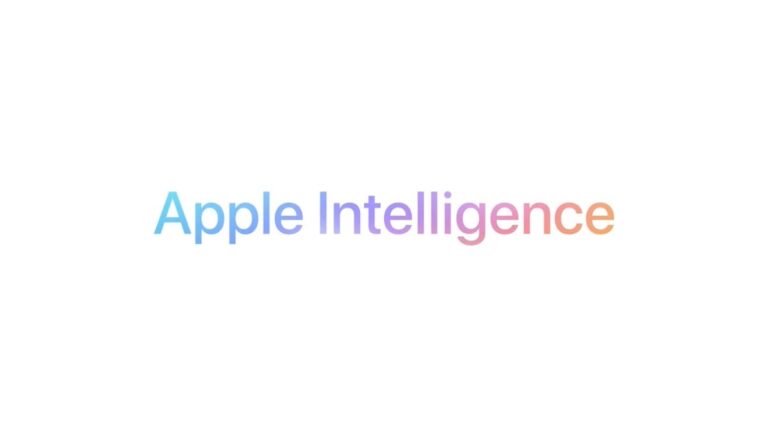With this framework, app makers can add AI features like text generation, summarization, and suggestions directly inside their apps. Everything runs on-device, so there’s no need to send user data to the cloud. Apple says it takes as few as three lines of Swift code to get started.
This local approach is meant to offer fast performance while protecting user privacy. It also makes Apple’s AI features available even when a device is offline. Developers won’t need to pay to use the models, and apps built using the framework will work on supported devices, including the iPhone 15 Pro, the iPhone 16 series, and any iPad or Mac with Apple silicon.

Example of an app (Automattic) using the Foundation Models framework. | Image credit — Apple
The framework also supports features like guided generation and tool calling, which make it easier to build more useful and responsive apps. Automattic, the company behind the Day One journaling app, is already using it to add privacy-friendly intelligence to its app. According to Paul Mayne of Automattic, this has helped them rethink what’s possible with journaling.
Because the framework is built for Swift and fits into Apple’s existing tools, developers working with SwiftUI and Xcode 26 can quickly adopt these features without having to overhaul their apps. It’s designed to feel familiar while opening up new possibilities for app behavior.However, there are some limits. The models currently only support a small set of languages, with more expected to arrive later in the year. The framework also depends on fairly recent hardware, so not all users will be able to access these features right away.
Still, this move marks an important shift in Apple’s developer strategy. Until now, Apple Intelligence was something the company used in its own apps. By opening up access through the Foundation Models framework, Apple is handing the tools over to its developer community and encouraging new ideas to emerge from third-party apps.
Whether this approach can match the flexibility of cloud-based models from companies like OpenAI or Google remains to be seen. But with privacy and performance as the focus, Apple’s strategy could appeal to developers who want more control over how AI is used inside their apps.
Read the latest from Johanna Romero

















